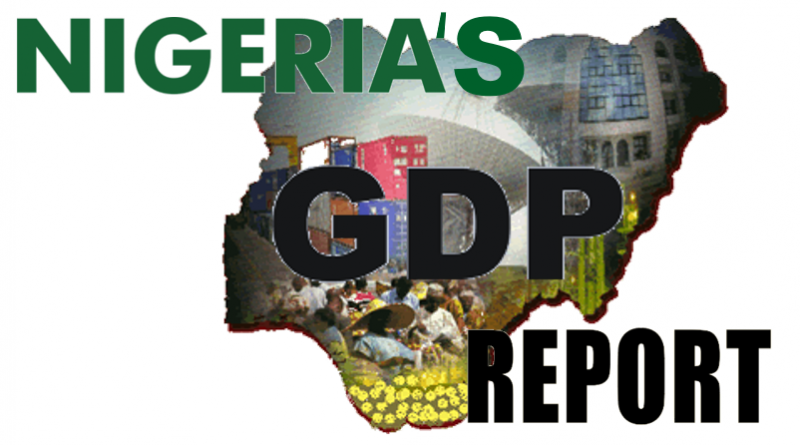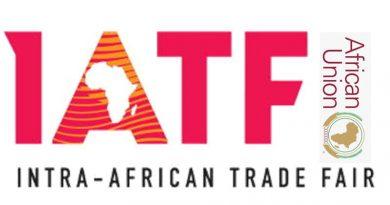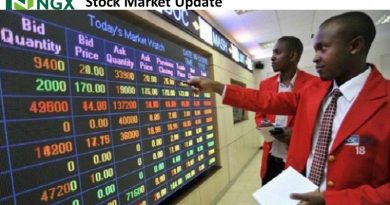Nigeria’s GDP Report for Q1 2023 – GDP contracted by 15.7% as rising production cost bites
According to the National Bureau of Statistics’ (NBS) national accounts for Q1 ’23, GDP increased by 2.3% year on year, compared to 3.5% year on year in Q4 ’22. Meanwhile, on a quarterly basis, it shrank by -15.7%, suggesting slower economic activity than in the previous quarter. The impact of naira scarcity (particularly in the informal sector) combined with rising production costs is largely responsible for the slowdown in growth.
Oil’s official percentage of real GDP was 6.2% in Q4 ’22, up from 4.3% in Q4 ’22. Meanwhile, it shrank (for the twelfth straight quarter) by -4.2% year on year in Q1 ’23, compared to -13.4% year on year in Q4 ’22. According to NBS data, average crude oil production in Q1 ’23 was 1.51 million barrels per day, up from 1.34 million barrels per day in the previous quarter and 1.49 million barrels per day in Q1 ’21. The increase in crude oil production can be attributed in part to the FGN’s ongoing efforts to combat crude oil theft and vandalism.
The non-oil economy increased by 2.8% year on year in Q1 ’23, compared to 4.4% year on year in Q4 ’22. Finance and insurance (21.4% y/y), telecommunications (11.7% y/y), transportation and storage (9.4% y/y), construction (3.3% y/y), real estate (1.7% y/y), manufacturing (1.6% y/y), and trade (1.3% y/y) are key drivers in the non-oil economy. In Q1 ’23, these sectors accounted for 50.4% of total GDP.
Agriculture fell by -0.9% year on year in Q1 ’23, after growing by 2.1% year on year the previous quarter. The contraction can be linked in part to the cash shortage, which forced farmers to sell harvests at reduced prices. Other concerns, such as rising farm input prices, insecurity, and storage and logistics challenges, continue to have an impact on the sector. Crop production remained the sector’s key driver, accounting for 89.9% of agriculture GDP, which increased by 1.9% year on year. The forestry and fishery segments increased by 1.3% and 0.9% year on year, respectively. However, the cattle sector shrank by -2.9% year on year. Agriculture generated 26.5% of real GDP in the first quarter of 23.
Telecommunications grew 11.7% year on year, compared to 11.2% year on year in Q4 ’23. In Q1 ’23, the category contributed for 14.1% of total GDP. Furthermore, commerce increased by 1.3% year on year in Q1 ’23, compared to 4.5% year on year in the previous quarter, highlighting the impact of the recent cash shortage on the country’s commercial activity.
Finance and insurance grew 21.4% year on year in Q1 ’23, compared to 11.6% year on year in Q4 ’22. This reflects the increased use of online banking systems as a result of the CBN’s cashless policy push.
Manufacturing increased by 1.6% in Q1 ’23, compared to 2.8% in Q4 ’22. Food and drinks expanded by 3.9% year on year and accounted for 50.6% of overall manufacturing GDP. Meanwhile, the textile, garment, and footwear segment shrank by -3.7% year on year. Cement increased by 1.6% year on year.
Looking ahead, we anticipate a small improvement in Q2. To read the full report, click here. SOURCE: Coronation Merchant Bank




